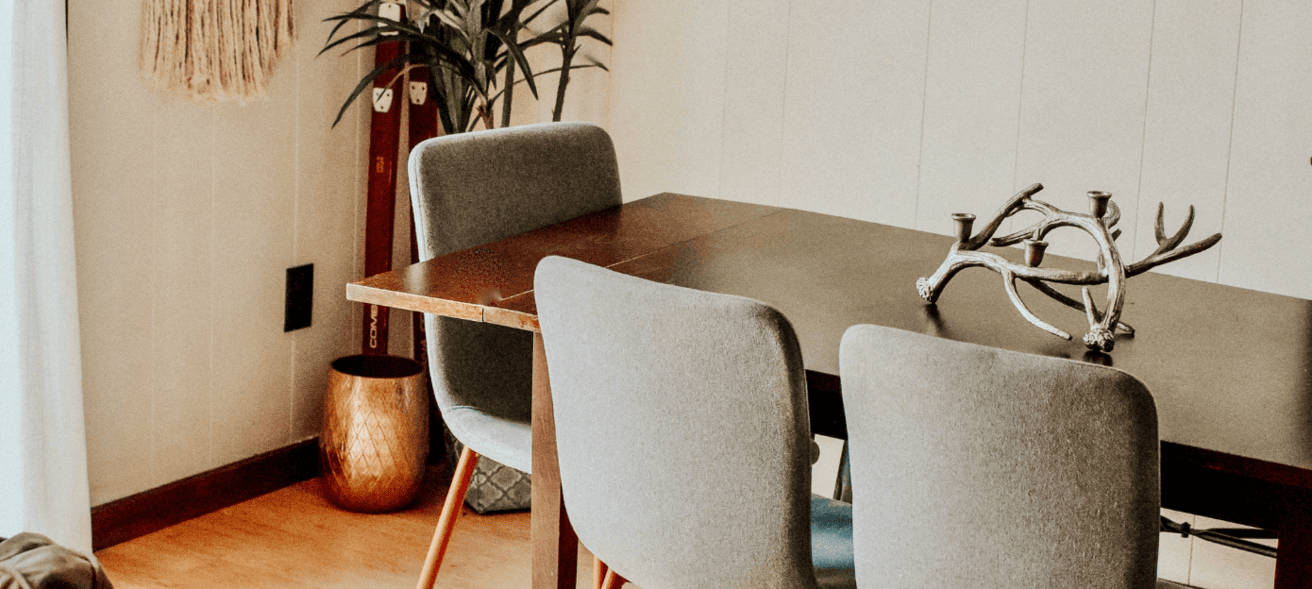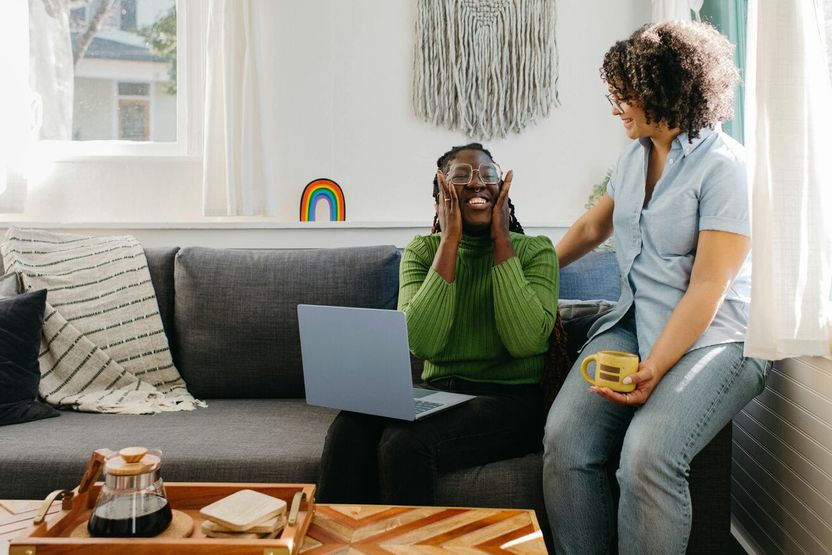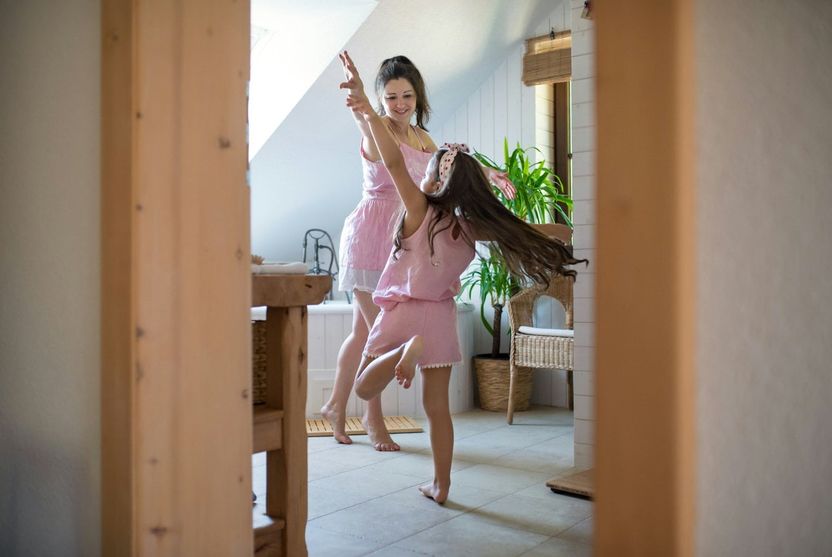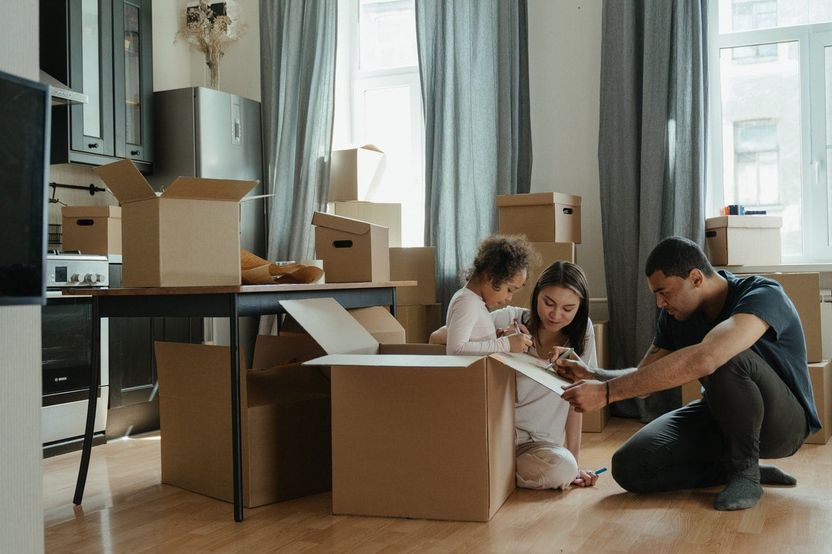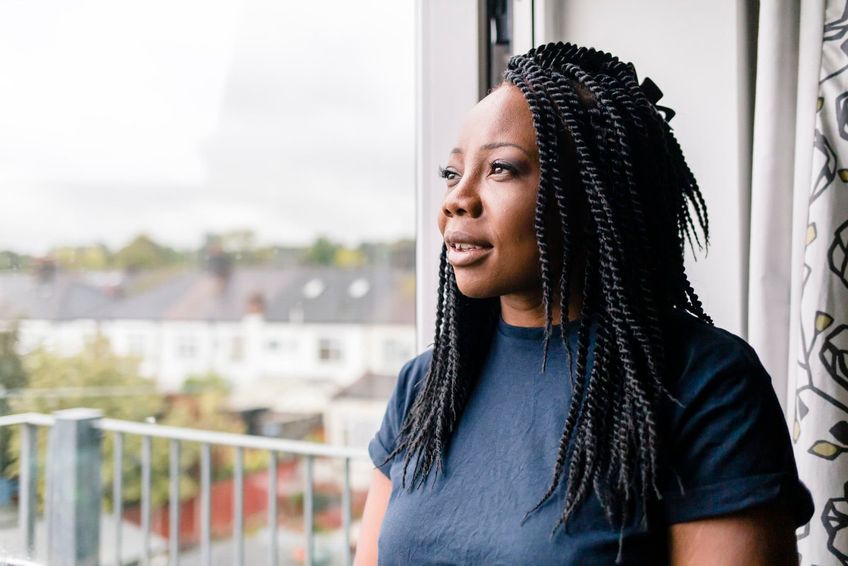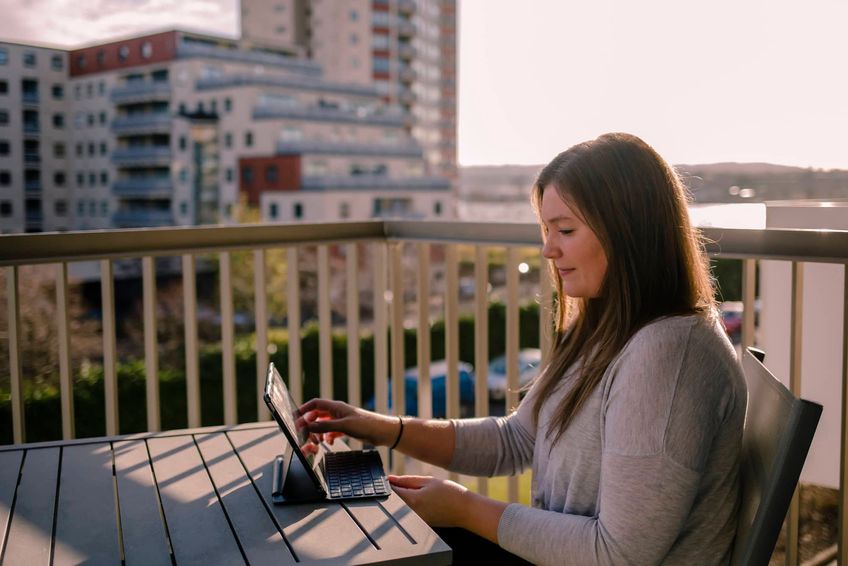Shared Ownership: What is it and how does it work?

How can Shared Ownership help me buy a home?
What is Shared Ownership?
Shared Ownership is a homeownership scheme backed by the government to help aspiring buyers purchase a share of a new-build or resale property while paying subsidised rent on the remaining portion.
Available to eligible buyers across England, Shared Ownership offers an often more affordable route onto the property ladder for low and middle-income households who can’t afford to buy a home outright. Buyers can take their first steps toward homeownership at a reduced cost by purchasing a share (usually between 10% and 75%) and paying discounted rent on the rest.
Properties under the Shared Ownership scheme are available to buyers who meet certain eligibility criteria based on factors including household income. Find out more about Shared Ownership eligibility and prioritisation here.
How does Shared Ownership work?
Shared Ownership homes are offered on long-term leases, allowing the purchaser to buy an initial share in the property and, if they choose to do so, gradually increase their owned share over time through a process called staircasing. In most cases, people will have the option to staircase all the way to 100% ownership. In this instance, the shared owner will no longer pay any rent, just their mortgage along with any relevant service charges and ground rent.
Under this affordable housing scheme, the buyer will be purchasing a leasehold house or apartment, and this will be either a new build or resale home.
Key features of the scheme include:
- Affordable entry point: Purchase a share as small as 25% share if buying through the traditional Shared Ownership scheme – or from as little as 10% if buying through the updated Shared Ownership model – depending on the housing provider. Your deposit will be 5%-10% of the price of the share, not of the full market value of the whole property.
- Subsidised rent payments: Rent is charged on the remaining share at a discounted rate, making monthly costs more manageable. This amount is less than the rate charged on the open market and is usually charged at 2.75% of the property value per annum.
- Staircasing: As your financial situation improves, you can purchase additional shares, eventually owning up to 100% of the property.
- Flexibility and security: Shared Ownership offers the benefits of homeownership while providing the security of a long-term tenancy. You may also have the flexibility to defer your Stamp Duty Land Tax (SDLT or simply ‘Stamp Duty’) until your share reaches 80%.
How can I find a Shared Ownership home?
Shared Ownership properties can often be found in private developments where a number of Shared Ownership homes will often be required as a part of the planning permission for a new development. This can help to put affordable housing in the heart of sought-after areas where first time buyers and local home-buyers might otherwise be priced out.
Ready to start your Shared Ownership journey? Explore a wide range of affordable homes on our property portal to find a home that suits your needs. You can find out more about the eligibility criteria and costs of buying a Shared Ownership home on our website.

Mortgage affordability calculators
Curious about your borrowing potential? Our easy-to-use mortgage affordability calculators can help you understand what you might be able to borrow when buying a Shared Ownership property.
Discover your affordability in minutes.
Find the guidance you need
Whether you’re set to progress in your home-buying journey or still finding the right path to homeownership, explore our selection of insightful resources and FAQs to help you make informed decisions.
